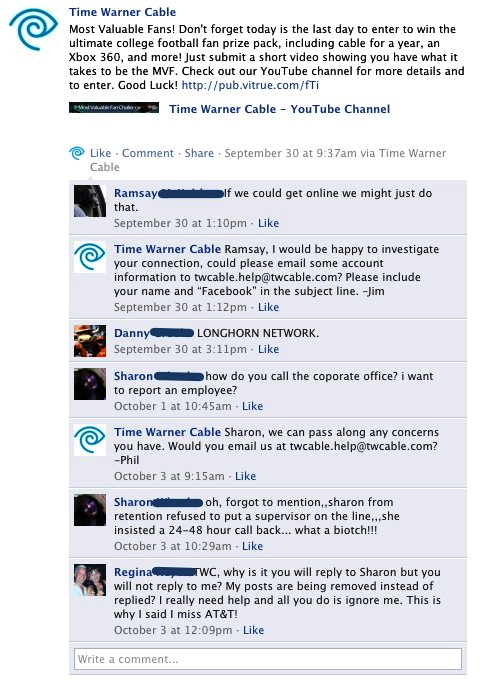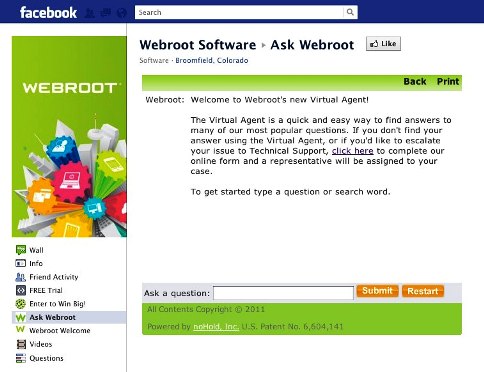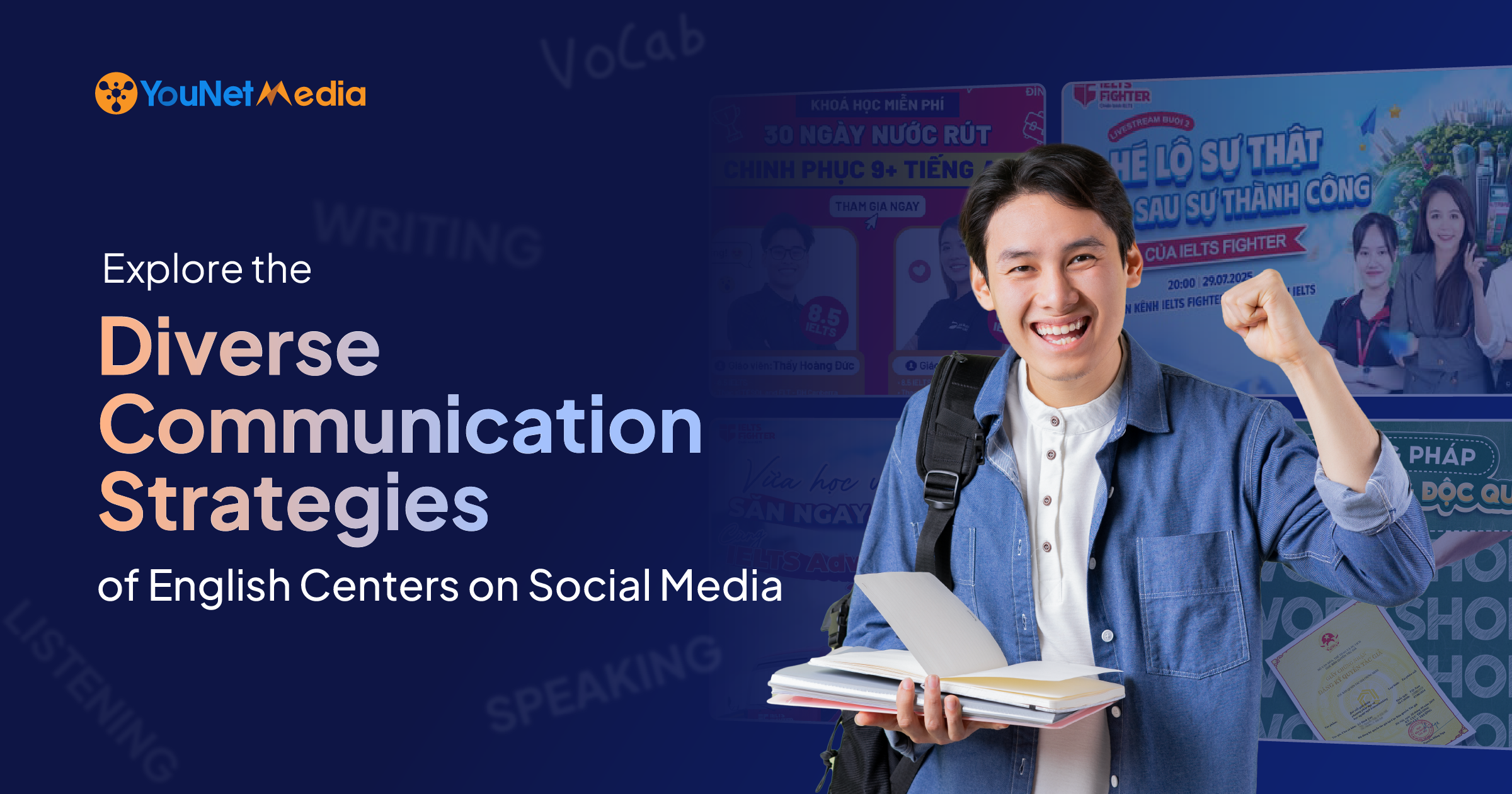Are you looking for fresh ideas to engage your Facebook fans?
Do you have a pretty nice fan base, but you’re struggling to come up with ideas to engage them on a daily basis?
One proven approach is to help your fans.
Here are 3 techniques used by some of the most successful Facebook pages. Try them on your page to see how your fans respond!
#1: Become a resource
Despite the level of connection you think you have with your fans on Facebook, many still express pleasant surprise when you respond to them personally on the social network.
Use fan names when you can, and respond one-on-one to the comments they make. This proves to fans you are listening and are receptive to their commentary and feedback, making it more likely that they will post in the future.
Moreover, invite conversation by asking your fans’ opinions on topics, or asking them to tell you what sorts of content they’d appreciate.
Everybody likes being asked, and fans feel extra-appreciated when you fulfill these desires—so don’t ask them for input you never intend to use or incorporate.
In the example below, Time Warner Cable demonstrates an inconsistent response strategy toward different users. While “Sharon” got her request attended to by the page administrator, “Regina” reports frustration that her posts are being removed instead of replied to, indicating that she had posted additional comments earlier than the final post visible in the thread.
If your brand strategy is to be a resource to all fans, it is important that you treat all fan comments in the same way by responding to all of them, no matter the sentiment.

One example of this kind of open interaction strategy working very successfully is our own continued initiative to build out a Facebook fan page community of marketers, business owners and social media managers interested in sharing knowledge about social media.
We have found over time that our most engaging posts, which get the most feedback from our users, are consistently the ones where we invite people to post any question they have about social media or invite them to have their pages reviewed by social media professionals.
The key is to follow up (even for just an hour) with all of the questions and actually answer them. Because the promise to answer any question is not an empty promise, the users become confident that their questions can be answered and trust the brand for it.
An excellent example of a smaller business getting engagement right with great messaging strategies comes from the Pennsylvania Macaroni Company, an imported foods store in Pittsburgh.
As of this writing, the store had just under 1,100 fans. Their social media manager told me they regularly get over 1% engagement on their posts, a great figure for their size.

#2: Offer your services, free
What is your brand known for? What would you like it to be known for? If you provide a product or a particular service like consulting or advisement, consider offering your fans a taste of it every once in a while for free!
According to eMarketer, the #1 reason users become fans of a brand on Facebook is to gain access to exclusive content, events or sales. Your brand can capitalize on this desire while leveraging the brand’s capabilities by giving users an occasional exclusive pass to experience the business, free.
Here are several examples of companies doing this on Facebook, to the delight of their users:
Rue La La, an online boutique of designer merchandise and clothing, knows many of its fans are in tune with fashion trends and enjoy thinking about design, clothing and style. As such, one of their most popular fan page “events” is a weekly invitation for fans to join a stylist on the page for an hour of live interaction.
Because typically most people don’t have access to a personal stylist or advice from one, Rue La La creates an environment where fans can happily expect this recurring event.

#3: Make your fan page a complete knowledge hub
When brainstorming how to entice users to join and interact with your brand, the challenge is to come up with ways to encourage them to interact with the page continuously over time and prevent disengagement.
For brands that have a rich background or require a fair amount of user education, creating a fan page containing valuable resources and information that benefit the user is essential. The goal is to capture users with an initial promotion, and to keep them returning to your page for information even after the promotion is over.
An example of a page that achieved this goal is Webroot, a software company that distributes security applications and programs.
The initial user pull is the promotion Webroot has set up on its landing page. Users visit the Facebook page for a chance to win high-value prizes such as airline tickets, electronics and kitchen appliances.

Recognizing that its promotion would drive considerable traffic to its page, Webroot created a powerful, resource-rich page about its products and services, including a tab with educational slide decks, a full customer support portal (“Ask Webroot”), an explanatory splash page about their mobile security products, and even a collection of YouTube videos about the software.

As a result, users who visited Webroot’s page to participate in the promotion were also exposed to the page’s valuable content, which gave them a reason to return. In turn, Webroot created a full-service, user-friendly community through its Facebook page, a place where fans go to access information about the company.
Now that you’ve seen several examples of companies helping their fans help themselves, what’s the first approach you are planning to take with your fan page? Putting together a library of resources? Testing the waters by giving away some free services? I’d love to hear from you! Leave your questions and comments in the box below.
(Source: SocialMediaExaminer)






